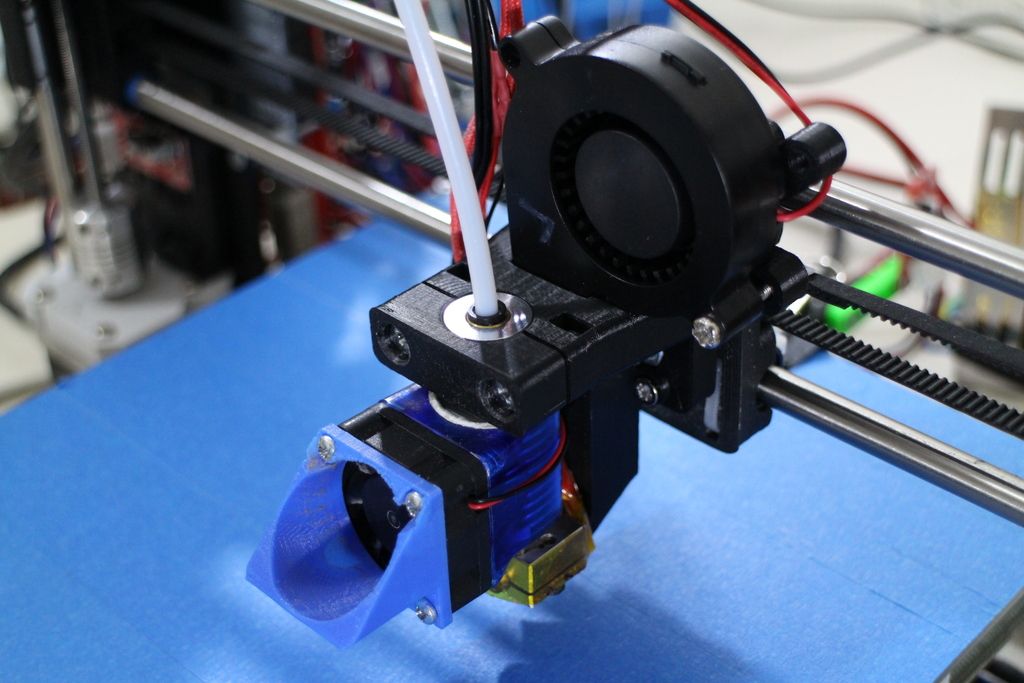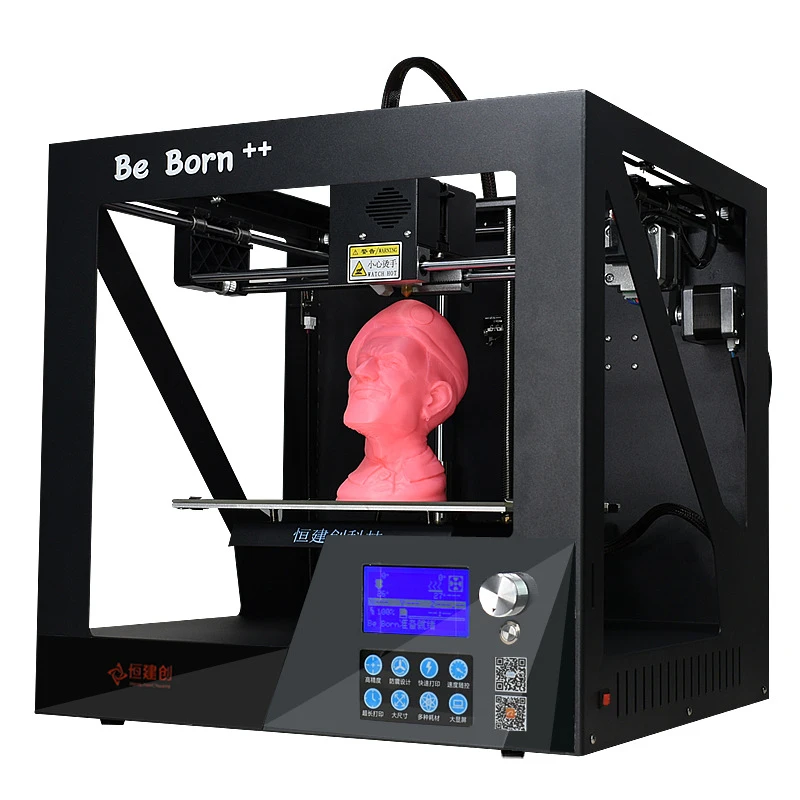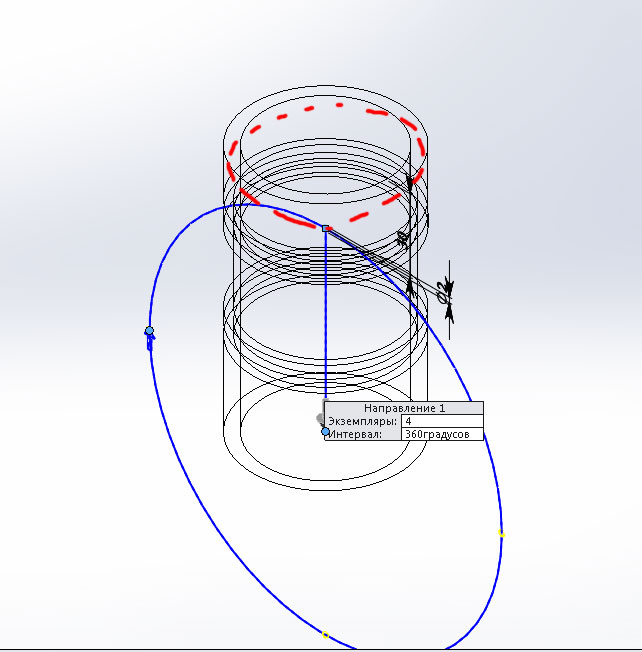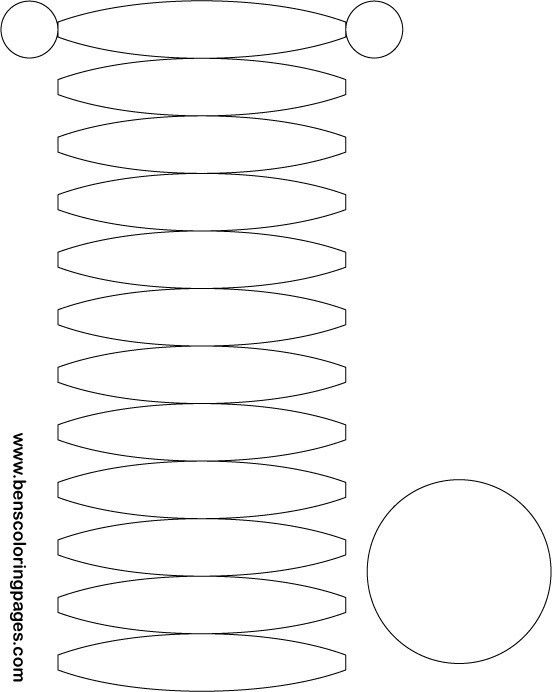Zero waste 3d printing
PRESS RELEASE: When Zero-Waste Meets 3D Printing
Łódź, 03.02.2022 r.
European start-up has created the world’s first 3D printing material based on wheat bran.
The wheat bran used in material is a waste in the pasta and noodle production process.
Using bran material, the start-up 3D printed advertising stands that will be used to display pasta in large-format stores.
In result, manufacturing wastes are used to promote the products they were initially part of – the perfect Zero-Waste & Circular Economy cycle.
GREENFILL3D – a Polish start-up operating on the edge of ecological, biodegradable materials and 3D printing, announces the premiere of its unique filament based on wheat bran – GF3D Branfill3d.The material was created in accordance with the modern concepts of zero-waste and circular economy – the wheat bran is a production waste resulting from the production of pasta and noodles.
From the material, the start-up 3D printed proprietary advertising stands (so-called POS – point of sales), on which ready-made pasta will be presented. The project is being developed in cooperation with the MASPEX Group – one of the largest food producers in Europe.
The GF3D Branfill3d material is a composite of wheat bran, polylactic acid (PLA) – a popular bioplastic used in 3D printing, and other fully biodegradable ingredients that together give the material unique properties. The parts 3D printed with material are resilient and to some extent flexible (depending on the wall thickness) which makes them quite difficult to break.
A large contribution to these properties is made by the wheat bran fibrous structure, which gives the 3D printed parts resilience as well as smooth surface finish. What’s more, during the 3D printing process, the material offers the scent of baked bread, which stays on the 3D printed parts for a long time.
How is it made?
The entire process consists of four steps:
- MASPEX Group supplies GREENFILL3D with raw wheat bran material, which is pasta production waste
- Raw wheat bran is sieved to the necessary low fraction and carefuly and patiently dried until there is negligible moisture (wheat bran is very hygroscopic)
- Wheat bran is mixed with other ingredients and processed in an industrial environment into a thin filament wire that can be used in 3D printing process
- GREENFILL3D prints POS stands with its 3D printer farm of over 40 machines.
 Each stand consists of 34 elements – assembly is quick and easy. In addition, the structure of the stand is modular, which may allow for its further expansion with additional modules.
Each stand consists of 34 elements – assembly is quick and easy. In addition, the structure of the stand is modular, which may allow for its further expansion with additional modules.
The result is an advertising stand presenting food products, which was created based on the remains of the same food material. Production wastes – instead of being thrown away or disposed of, were used to produce common tools to support sales.
The project perfectly fits the assumptions of the Zero-Waste and Circular Economy ideas and can be scaled to other areas. The properties of wheat bran material allow to perform a number of different applications – everyday use items, decorative items but also industrial. Currently, the GREENFILL3D team is conducting the first tests of the use of applications made of GF3D Branfill3d for a customer representing the automotive industry and intends to successively test it in other industries.
Cooperation with the MASPEX Group
MASPEX is the largest private Polish company in the food industry and one of the largest in Central and Eastern Europe.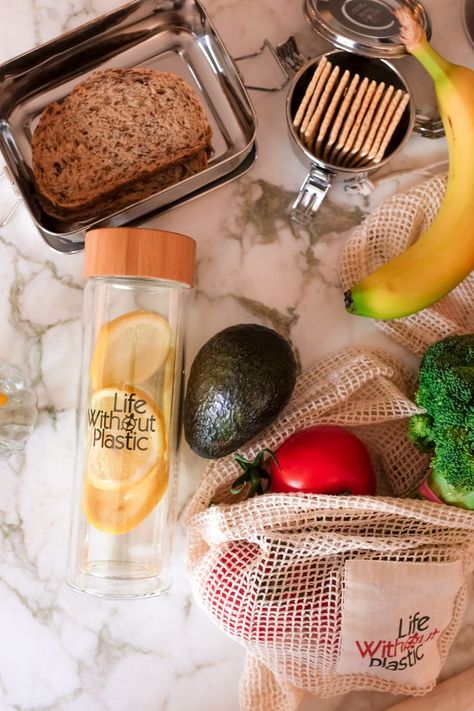 GREENFILL3D was selected as part of the ScaleUp Program organized by PARP (Polish Agency for Enterprise Development) to implement a joint project with the MASPEX Group for one of its main brands – the leader in the pasta category in Poland – the Lubella brand.
GREENFILL3D was selected as part of the ScaleUp Program organized by PARP (Polish Agency for Enterprise Development) to implement a joint project with the MASPEX Group for one of its main brands – the leader in the pasta category in Poland – the Lubella brand.
Joint work on the project began on July 1, 2021, and on December 15, 2021 the first prototype was ready for logistic trials. The finale POS display was made of 20% wheat bran filament, using shelf connectors made of PLA polymer, mounted on a pedestal made of 100% recyclable cardboard, with the print of Greenguard® certified paints.
The innovative “ecoPOS” will soon be delivered to selected retail outlets.
Download photos and press release [PDF]:
PRESS RELEASE: “When Zero Waste Meets 3D Printing”
About GREENFILL3D
GREENFILL3D develops innovative additive manufacturing solutions based on natural materials. The company’s goal is to implement the Zero-Waste idea for 3D printing and to create new ecological standards in the creation of everyday objects.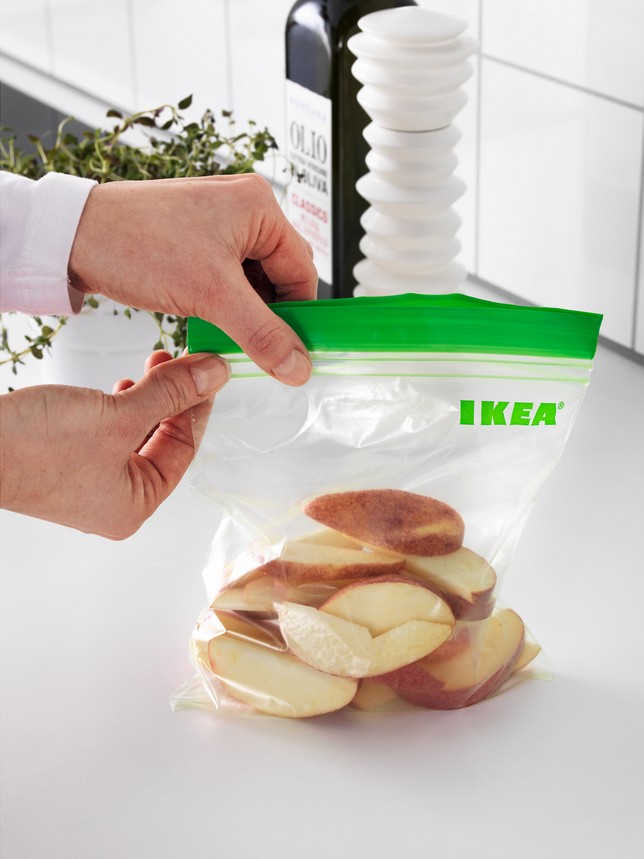 GREENFILL3D operates on the border of three areas:
GREENFILL3D operates on the border of three areas:
- processing of ecological thermoplastics based on biodegradable or recycled materials, doped with natural ingredients (e.g. wheat bran)
- additive manufacturing with the use of the above-mentioned materials
- design and production of own products, including advertising materials and POS.
The GREENFILL3D team comes from the Polish company CD3D (www.centrumdruku3d.pl), operating in the area of additive manufacturing since January 2013.
Media contact:
GREENFILL3D Sp. z o.o.
36B Mikołaja Kopernika Str.
90-552 Łódź, Poland, UE
Phone: (+48) 537 766 266
e-mail: [email protected]
Reduce Costs And Waste With the Fuse 1+ 30W Circular Ecosystem
As many businesses look to make their structure and processes more sustainable, 3D printing is being evaluated as a tool to help reduce waste in prototyping and production applications. By speeding up iteration, providing an alternative means of production, and only producing what is needed, having an in-house selective laser sintering (SLS) printer like the Fuse Series printers helps businesses eliminate waste.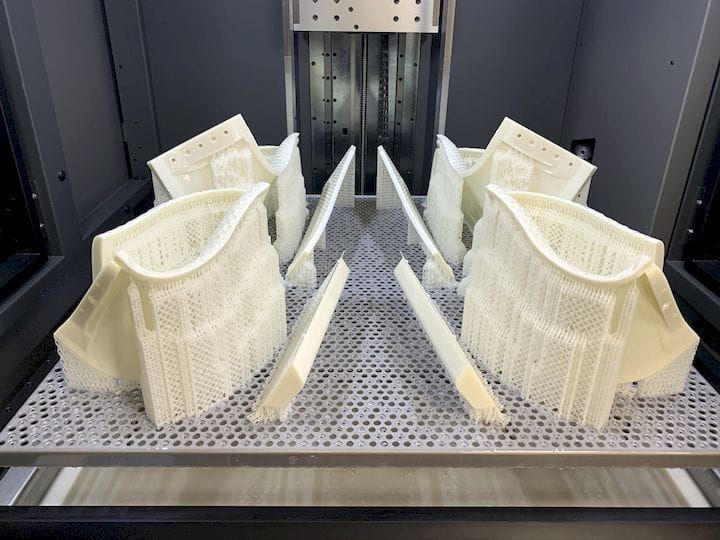
However, many 3D printing processes still create plastic waste in the form of unusable material or discard from post-processing steps. Now, through upgraded software and hardware features, Formlabs introduces the zero waste workflow with the Fuse 1+ 30W selective laser sintering (SLS) printer.
Webinar
Discover how the Fuse 1+ 30W, our newest SLS 3D printer, and our new carbon-filled nylon 11 material enable engineers and manufacturers to deliver high-performance durable parts in-house. Chris Haid, SLS Product Manager at Formlabs, will walk you through our newest products and answer any questions during a live Q&A.
Register Now
Though materials innovations and hardware upgrades have enabled a growing number of end-use production applications, one of the most common use-cases for 3D printers is still rapid prototyping. Traditional methods of prototyping, like CNC machining, lost-wax carving, or foam and clay modeling are time-consuming, and 3D printing is being increasingly relied upon for quick form and function testing stages.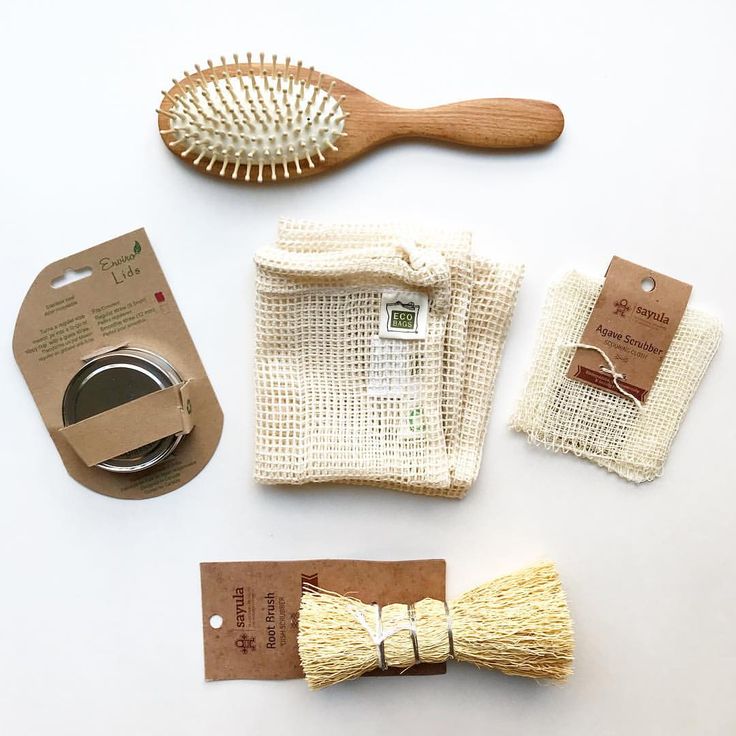 Product designers, engineers, and technicians can design, print, test, and iterate much faster with an in-house 3D printer than they were able to do previously.
Product designers, engineers, and technicians can design, print, test, and iterate much faster with an in-house 3D printer than they were able to do previously.
The new Fuse 1+ 30W SLS printer enables faster and more efficient prototyping processes by speeding up the time in between iterations and eliminating wasted downtime while designers wait for a print to finish. The powerful print engine and improved scanning speed can create parts up to two times faster than the Fuse 1 printer, while keeping investment costs dramatically lower than other industrial systems.
Prototyping with an in-house SLS 3D printer helps reduce waste in a number of ways already. The accessibility and fast print time of an in-house SLS system allow product designers to go through more iterations and validation stages than if they were using traditional methods or sending out to an external 3D printing service. Such an extensive prototyping process before creating a mold for production increases the likelihood that the final product is successful. Rushing the validation testing process to get to the production stage often leads to less ideal versions, and the business might have to scrap the mold and hundreds or thousands of parts.
Rushing the validation testing process to get to the production stage often leads to less ideal versions, and the business might have to scrap the mold and hundreds or thousands of parts.
SLS 3D printing empowers Rome Snowboards to do realistic final validation tests, directly on the slopes. They can push the prototypes to their limits to ensure that each buckle and each assembly holds up to the conditions and that they aren’t sending a part to a manufacturer without really making sure it is perfect.
For Rome Snowboards, bringing SLS in-house allowed them to speed up their iterative process, and print more possible variations before arriving at the final design. This more intensive design process means the final tooling design won’t need further alterations.
"If we’re rushing on time, then we have to make expensive modifications to the tooling… we can make injection molding tools a lot more comfortably, after doing the iterative process more thoroughly."
Justin Frappier, Design Team Lead, Rome Snowboards
Those modifications often create wasted end-use runs that get thrown away when the tooling changes and the parts already molded are obsolete. Faster iteration means the tooling can be perfect, and every injection shot will make its way to the consumer.
Faster iteration means the tooling can be perfect, and every injection shot will make its way to the consumer.
White Paper
In this white paper, we evaluate the value proposition of bringing SLS 3D printers in-house, in comparison with outsourcing SLS parts from a service bureau.
Download the White Paper
Sample part
See and feel Formlabs quality firsthand. We’ll ship a free sample part printed on the Fuse 1+ 30W to your office.
Request a Free Sample Part
3D printing for end-use parts, whether the application is aftermarket manufacturing, stop-gap production, customization, or replacement parts, allows manufacturers to create only what they need, when they need it. The nature of this manufacturing on-demand system reduces waste as well as the need for storage of large inventories.
For aftermarket manufacturers, Formlabs SLS printers have eliminated the chance of over-ordering, obsolescence, and inventory storage. Fuse Series customer JetBoat Pilot, an aftermarket manufacturer of boat engine components, has to respond to changes in engine design from the OEM. Before bringing SLS in-house with the Fuse 1, JetBoat Pilot had to estimate the demand for these aftermarket components to be able to order enough parts from a machinist. With the Fuse 1, JetBoat Pilot is able to produce end-use parts as the demand comes in, only printing the necessary quantity, and eliminating the need for overstock storage, while still getting customers their parts quickly. When the OEM changes the design, there is no stock of parts that become obsolete, and JetBoat Pilot has reduced waste in two ways: only usable, demand-driven inventory is created, and the subtractive (and highly wasteful) machining process is avoided altogether.
Fuse Series customer JetBoat Pilot, an aftermarket manufacturer of boat engine components, has to respond to changes in engine design from the OEM. Before bringing SLS in-house with the Fuse 1, JetBoat Pilot had to estimate the demand for these aftermarket components to be able to order enough parts from a machinist. With the Fuse 1, JetBoat Pilot is able to produce end-use parts as the demand comes in, only printing the necessary quantity, and eliminating the need for overstock storage, while still getting customers their parts quickly. When the OEM changes the design, there is no stock of parts that become obsolete, and JetBoat Pilot has reduced waste in two ways: only usable, demand-driven inventory is created, and the subtractive (and highly wasteful) machining process is avoided altogether.
JetBoat Pilot engine thrusters (light grey parts in engine aperture), printed on the Fuse 1.
Fuse Series printers have several features that make the printing process more sustainable, including the self-supporting print bed, adjustable refresh rate, and advanced build chamber packing algorithm.
Unlike other methods of 3D printing, SLS parts do not need to be printed with supports—the packed build chamber of powder supports itself as each layer is sintered from above. Support structures in other processes need to be removed and thrown away. Though the supports themselves are often small, when prototyping extensively or running a production process, this type of waste can add up. SLS 3D printing eliminates this kind of waste.
But what about the unsintered powder surrounding the parts? Utilizing the Fuse Sift, users of the Fuse Series printers can recycle all of their unsintered powder to be used in the next build chamber. They don’t have to throw any powder away, and can use everything they purchase by creating a circular workflow with the printer and the Fuse Sift. The refresh rate of the powder refers to the amount of fresh powder needed in each new build. Across Formlabs SLS powders, refresh rates can be as low as 30%.
When build chamber packing density and refresh rate are the same, all the unsintered powder can be used again in the next round. If a chamber is packed to 30% density, and the material’s refresh rate is 30%, the unsintered powder (the remaining 70%) will be recycled into a new powder cartridge that mixes that 70% recycled powder and 30% fresh powder, essentially eliminating material waste.
If a chamber is packed to 30% density, and the material’s refresh rate is 30%, the unsintered powder (the remaining 70%) will be recycled into a new powder cartridge that mixes that 70% recycled powder and 30% fresh powder, essentially eliminating material waste.
The Fuse Series printers utilize an efficient algorithm to optimize packing density for a zero waste workflow.
The new Fuse 1+ 30W printer includes the option to print with a nitrogen supply, which creates an inert environment during the print process and protects parts from oxidation, preserving the quality of the unsintered powder surrounding the parts. Accordingly, this better preserved unsintered powder can be recycled with a more efficient refresh rate. Printing in an inert gas atmosphere allows users to recycle their Nylon 11 Powder and Nylon 11 CF Powder with a refresh rate of 30%, compared to 50% when printing in an uncontrolled environment.
The Fuse 1+ 30W’s optional nitrogen feature preserves the quality of the unsintered powder, allowing it to be recycled at a higher rate and leading to a zero waste printing workflow.
The Fuse 1 and Fuse 1+ 30W printers enable businesses to bring SLS in-house with not only an affordable entry price point but the affordable ongoing cost of materials. Calculating the return on investment for SLS 3D printing is easier than ever without having to factor in the sunk cost of unsintered, yet unusable, powder.
Every granule of powder can be used to make parts, and the process for recycling is streamlined and straightforward with the Fuse Sift. By optimizing refresh rate, packing density, and utilizing the nitrogen atmosphere, users of Fuse Series SLS 3D printers can reduce cost and eliminate waste.
See the Fuse 1+ 30W
Reduce costs and eliminate waste with the Fuse 1+ 30W Circular Ecosystem
Many businesses are striving to be sustainable in their structures and processes by looking to 3D printing as a tool to reduce waste in prototyping and manufacturing. A custom SLS-based printer like the Fuse not only eliminates waste, it also speeds up iterations, provides an alternative way of manufacturing, and only prints the parts you need.
However, the use of 3D printing still generates plastic waste in the form of unusable material or post-processing waste. Formlabs introduces waste-free 3D printing on the Fuse 1+ 30W Selective Laser Sintering (SLS) printer with updated software and new features.
Webinar
Learn how the Fuse 1+ 30W, a new SLS 3D printer, and Nylon 11 CF Powder allows engineers and fabricators to create high performance, durable models in-house. Chris Haid, SLS Product Manager at Formlabs, will talk about our new products and answer any questions during the online conference.
Register now
While material innovations and equipment upgrades have allowed for more end-to-end production, rapid prototyping remains one of the most popular use cases for 3D printers. Traditional prototyping methods such as CNC machining, wax sheet carving, or foam and clay modeling are time-consuming. Therefore, 3D printing is increasingly being used to quickly test form and function. Designers, engineers and technicians can design, print, test and iterate much faster with their own 3D printer.
Designers, engineers and technicians can design, print, test and iterate much faster with their own 3D printer.
The new SLS Fuse 1+ 30W 3D printer improves prototyping efficiency by reducing iteration gaps and print completion times. The powerful print engine and improved scanning speed allow you to create models in half the time than on the Fuse 1 printer. At the same time, the investment costs in our system are significantly lower than in other industrial systems.
Prototyping on your own SLS 3D printer helps reduce waste in several ways. The availability and fast print times of their own SLS system allows developers to organize more iterations and verification steps than traditional methods or third-party services. Careful prototyping before mold creation increases the likelihood of success in the production of the final product. The rush to test and the rapid transition to production often lead to errors that result in factories having to discard a mold and hundreds or thousands of parts.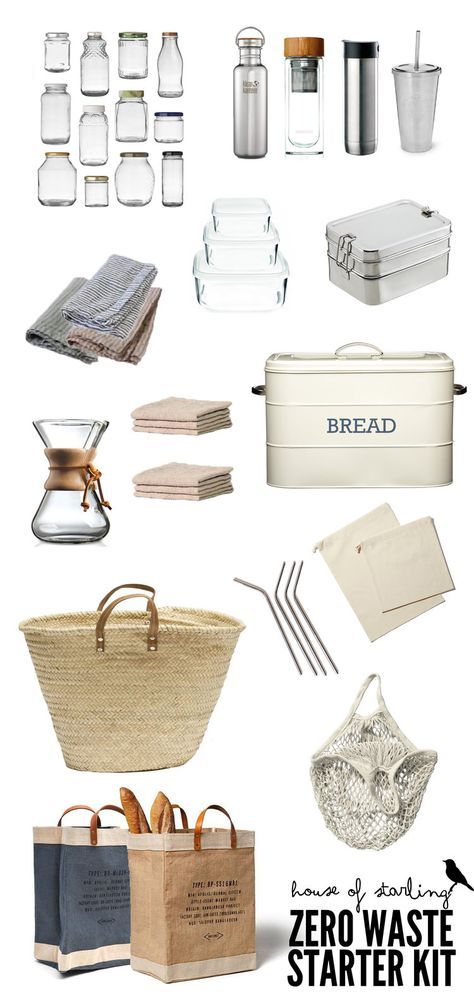
Rome Snowboards uses SLS 3D printing to deliver realistic evaluation tests right on the slopes. This allows you to test the functionality of the prototypes and make sure that each buckle and each knot withstands the conditions of use before sending it to the manufacturer.
With SLS technology, Rome Snowboards was able to iterate faster and print more options before reaching the final design. This intensive design process means that the final tooling design does not need to be modified further.
“Tight prototyping times often result in costly changes because after a few iterations we realize we can make injection mold tooling much more efficient.”
Justin Frappier, Design Team Leader, Rome Snowboards
Modifications leave lots of unusable end models that are thrown away when tooling changes and mismatched molded parts. The fast iterative process greatly improves the quality of prototypes and reduces waste as each part can be shipped to the customer.
Sample
Experience Formlabs print quality for yourself. We will send a free sample printed on the Fuse 1+ 30W directly to your office.
Request a free sample
3D printing of final parts allows manufacturers to create only the products they need at the right time and can be used for both aftermarket and intermediate production, as well as customization or replacement parts. The production-on-demand system reduces waste as well as the need to hold large stocks.
Formlabs printers powered by SLS technology are suitable for parts manufacturers, eliminating the possibility of over-ordering and stockpiling obsolete parts. JetBoat Pilot, a manufacturer of boat engine parts, is having to adapt to design changes being made by the manufacturer. Prior to implementing their own SLS system with the Fuse 1 printer, JetBoat Pilot had to assess demand for aftermarket components in order to be able to order enough parts from a mechanic.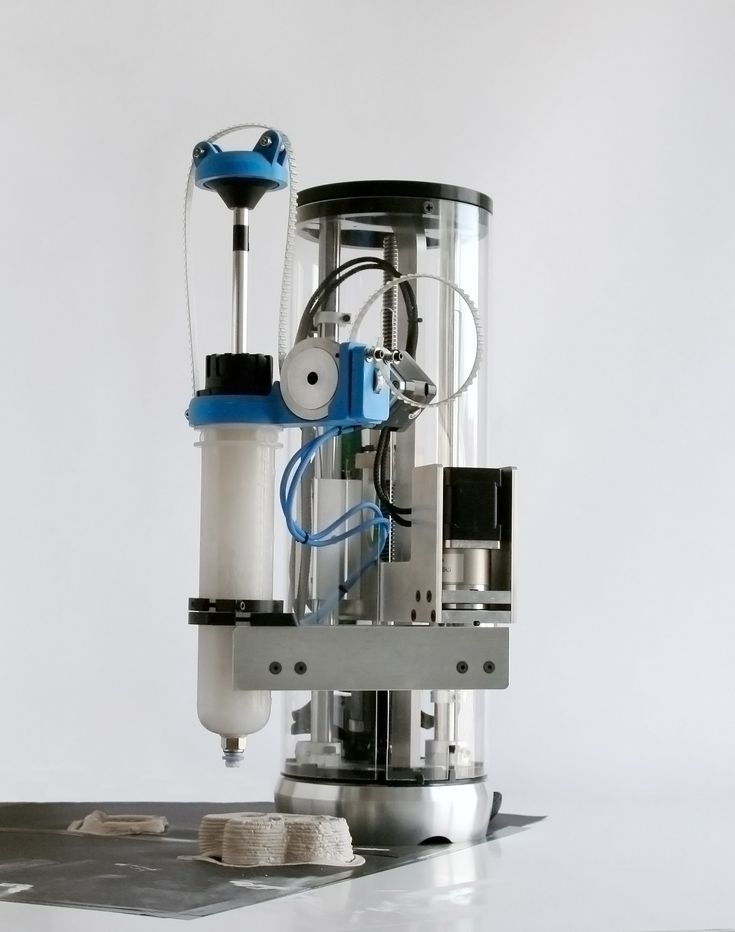 With the Fuse 1, JetBoat Pilot can produce end-to-end parts as demand comes in, printing just the right amount, eliminating the need to keep excess inventory, while still delivering parts to customers quickly. The JetBoat Pilot reduces waste in two ways: it creates only usable, demand-driven inventory and completely eliminates the subtractive (and very wasteful) machining process. Now, when a manufacturer changes a design, the company is left with no inventory of obsolete parts.
With the Fuse 1, JetBoat Pilot can produce end-to-end parts as demand comes in, printing just the right amount, eliminating the need to keep excess inventory, while still delivering parts to customers quickly. The JetBoat Pilot reduces waste in two ways: it creates only usable, demand-driven inventory and completely eliminates the subtractive (and very wasteful) machining process. Now, when a manufacturer changes a design, the company is left with no inventory of obsolete parts.
JetBoat Pilot thrusters (light gray parts in engine opening) printed on Fuse 1.
The Fuse series printers have a number of features that make the printing process more stable, including a stand-alone print platform, adjustable refresh rate, and advanced algorithm distribution models.
Unlike other 3D printing methods, SLS models do not need support structures - densely spaced models support themselves as each top layer is sintered. Support structures used for printing based on other technologies are usually removed and discarded.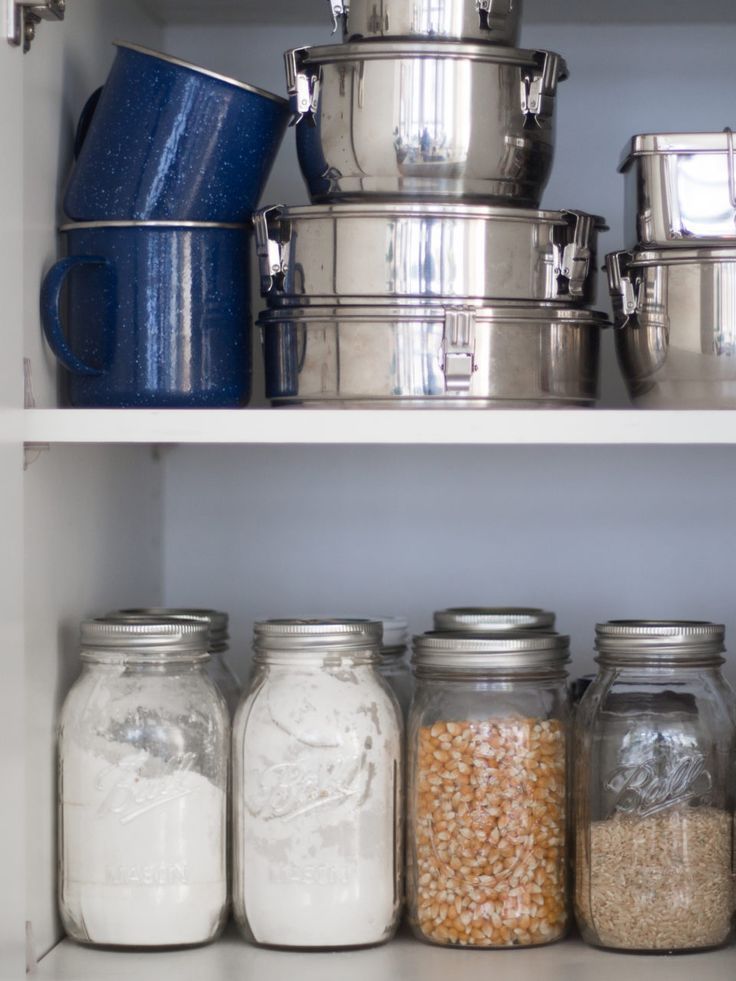 And while they are small, large-scale prototyping or manufacturing processes can generate more waste. SLS 3D printing eliminates this kind of waste.
And while they are small, large-scale prototyping or manufacturing processes can generate more waste. SLS 3D printing eliminates this kind of waste.
But what about green powder around the models? Fuse Sift allows green powder to be recycled and used for the next print run. So you don't have to throw away the powder and you can use whatever you have purchased by creating a circular process with the printer and Fuse Sift. The refresh rate depends on the amount of fresh powder required for each new print. With Formlabs SLS powders, renewal rates can be as high as 30%.
If the pattern density and refresh rate are the same, all green powder can be used in the next print cycle. In this case, the remaining 70% green powder will be recycled into a new cartridge and mixed with 30% new powder, eliminating material waste.
The Fuse Series uses an efficient density optimization algorithm for a waste-free workflow.
The new Fuse 1+ 30W has a nitrogen injection function that creates an inert environment during the printing process and protects against oxidation, preserving the green powder quality around the models. In this way, the green powder can be processed with a higher material renewal rate. Nitrogen purge allows Nylon 11 Powder and Nylon 11 CF Powder to be reused with a 30% renewal rate, compared to 50% without it.
In this way, the green powder can be processed with a higher material renewal rate. Nitrogen purge allows Nylon 11 Powder and Nylon 11 CF Powder to be reused with a 30% renewal rate, compared to 50% without it.
The Fuse 1+ 30W nitrogen purge function preserves green powder quality for higher refresh rates and a waste-free printing process. The
Fuse 1 and Fuse 1+ 30W not only offer an affordable entry price, but also offer low material costs for production deployment. Calculating the ROI of SLS 3D printing has never been easier without having to factor in the sunk cost of green powder.
With our system, you can use every granule of powder to make models and make recycling easier with Fuse Sift. By optimizing the refresh rate, density, and nitrogen environment, Fuse Series 3D printer users can reduce costs and eliminate waste.
View Fuse 1+ 30W
Innovations from HP and Ford - Zero Waste 3D Printing of Automotive Parts
It's no secret that 3D printing is actively used in the production of automotive parts. This technology is actively used by many manufacturers. It did not bypass the world-famous American concern Ford Motor, which purchased a huge batch of 3D printers from Hewlett-Packard. With their help, some minor parts for passenger cars are produced at Ford factories. 3D printing technology has made it possible not only to speed up the process of creating spare parts for vehicles, but also to significantly reduce the cost of manufacturing parts.
This technology is actively used by many manufacturers. It did not bypass the world-famous American concern Ford Motor, which purchased a huge batch of 3D printers from Hewlett-Packard. With their help, some minor parts for passenger cars are produced at Ford factories. 3D printing technology has made it possible not only to speed up the process of creating spare parts for vehicles, but also to significantly reduce the cost of manufacturing parts.
Interesting to know: In the 3D printing industry, various types of plastic are usually used (depending on the 3D printing technology).
The negative impact of 3D printing on the environment
During the operation of HP 3D printers, Ford found that a fairly large amount of waste plastic powder and various parts remains. In this connection, the problem arose that if you do not come up with a high-quality way to dispose of waste from 3D printing, then the accumulated garbage will negatively affect the ecology of the planet.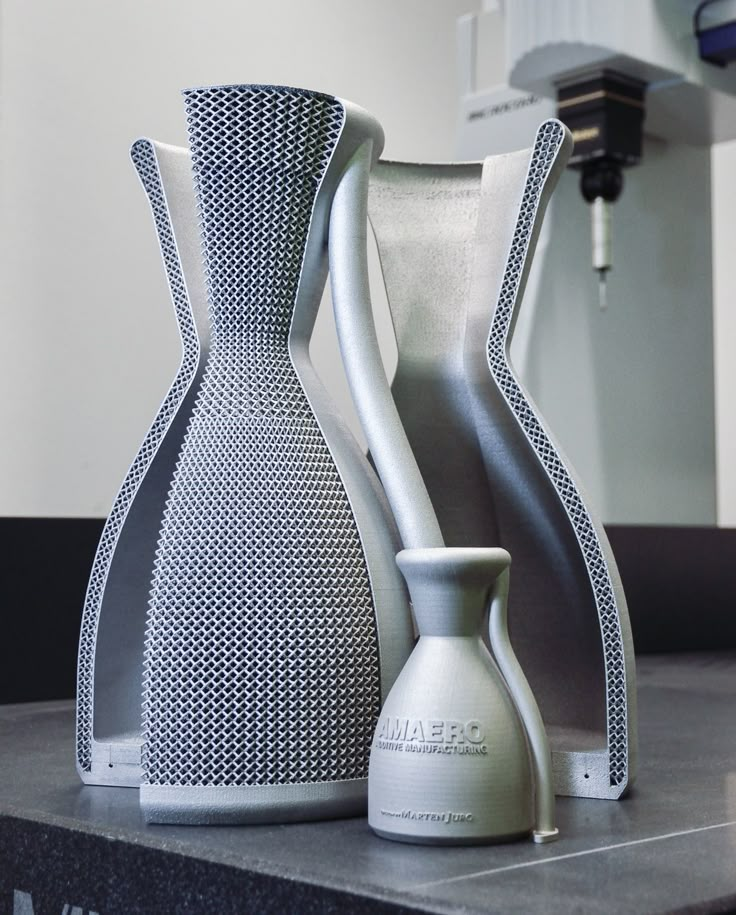 Even if we take into account the fact that the automaker produces only small parts, for which it is inappropriate to connect expensive industrial equipment, as well as various means for employees. Fortunately, both manufacturers (HP and Ford) quickly realized that the annual increase in 3D printing waste would quickly lead to a huge accumulation of garbage and bring the Earth closer to an environmental disaster.
Even if we take into account the fact that the automaker produces only small parts, for which it is inappropriate to connect expensive industrial equipment, as well as various means for employees. Fortunately, both manufacturers (HP and Ford) quickly realized that the annual increase in 3D printing waste would quickly lead to a huge accumulation of garbage and bring the Earth closer to an environmental disaster.
Important: Many companies monitor the environmental state of the planet. Therefore, various technologies are regularly introduced into production that reduce the negative impact on the Earth's ecology. Do not think that only Greenpeace is engaged in such activities.
What Ford and HP have done to get rid of 3D printing waste
All 3D printed waste is recycled by Ford Motor Company. This company is called Lavergne. Its core business is the production of high quality resin from recycled plastics. In this case, special round-shaped plastic granules are made from waste. Further, these products are again sent to the Ford concern, where they are used for injection molding various parts. In addition, this solution was also introduced into production by the largest American company Smile Direct Club, which manufactures products for dentistry.
Further, these products are again sent to the Ford concern, where they are used for injection molding various parts. In addition, this solution was also introduced into production by the largest American company Smile Direct Club, which manufactures products for dentistry.
Interesting to know: We make plastic circular is Lavergne's main advertising slogan, which literally translates to "We make plastic circular". Although many interpret this slogan as "We make the plastic cycle." At the same time, both statements equally well describe the activities of this brand.
What Can Be Made From Recycled 3D Printing Waste
Recycled plastic waste from 3D printing is mainly used to create new fuel hoses for Ford F-250 Pickup Trucks. The developers assure that such products have better resistance to moisture and the effects of various chemical elements. In addition, tests have shown that recycled plastic hoses weigh an average of 7% less and are also 10% cheaper than parts made from traditional raw materials.


